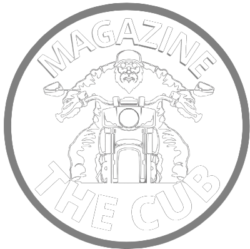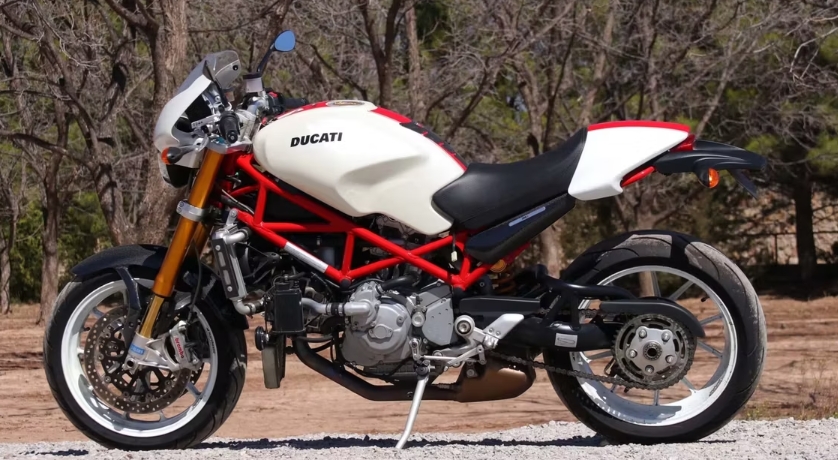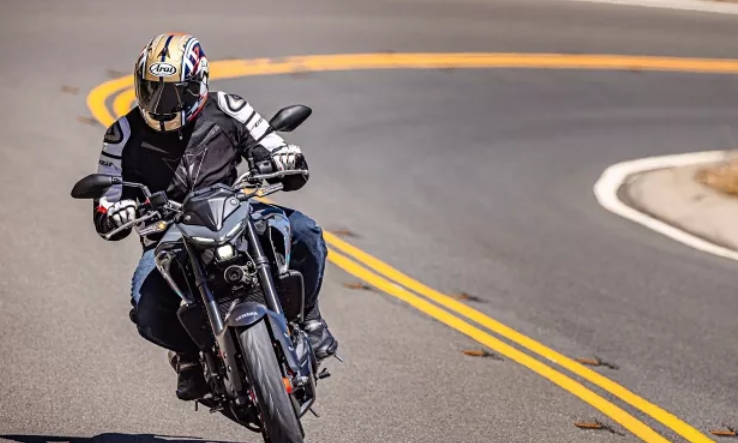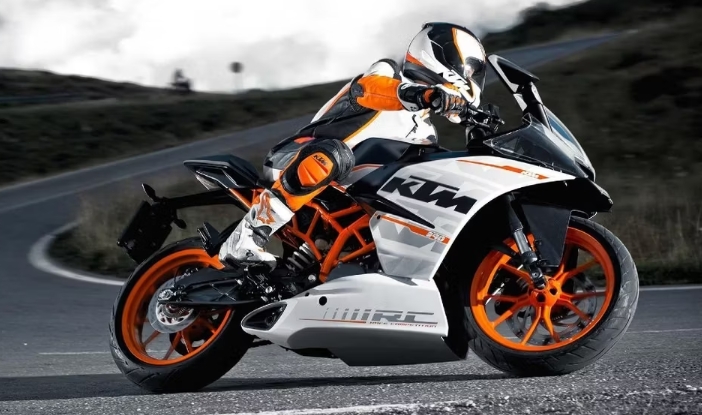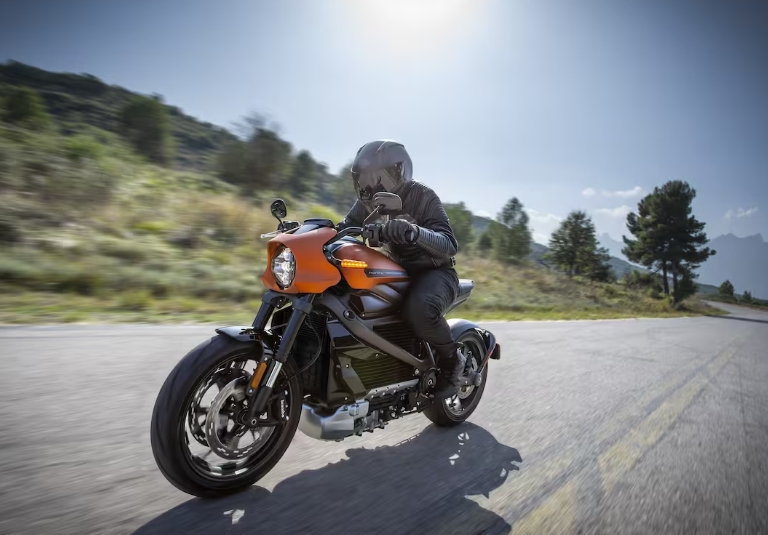Resurgence of the Naked Sport Bike: The Revival in the 2000s
During the 1960s, motorcycles worldwide maintained their ‘naked’ design, with fairings being a rarity. The 1970s witnessed the gradual emergence of fairings on production bikes, notably pioneered by BMW as a standard feature. As the 1980s dawned, fairings surged in popularity, particularly among sports bikes, a trend that persisted through the 90s.
However, with the onset of the 2000s, the concept of the naked bike experienced a remarkable resurgence, particularly within the sports bike category. This era saw the introduction of exceptional motorcycles that encapsulated the exhilarating essence of open-air riding.
Ducati Monster S4RS – 2007
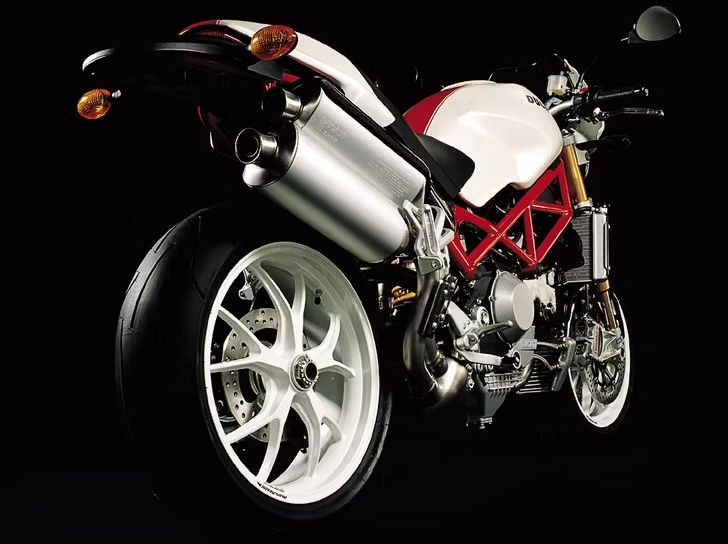
Debuting in 1993, the Monster undeniably stands as the model that propelled Ducati into a financially robust position, ensuring the company’s enduring presence as we recognize it today. It is also widely acknowledged as the pioneer of the contemporary naked sports bike category. The 2000s marked a significant stride for the Monster, with its distinctive blend of a trellis frame, robust V-Twin engine, and a contemporary interpretation of café racer aesthetics. These elements endowed the Monster with an exotic allure that harmonized with its remarkable handling, agility, and performance. The year 2001 saw the introduction of the S4 version, a pivotal release that integrated the liquid-cooled, four-valve-per-cylinder 916 engine, effectively addressing minor performance concerns of the initial generations. Notably, the S4RS version further elevated the power quotient, incorporating the engine from the 998 sports bike (depicted).
Triumph Speed Triple 1050 – 2005
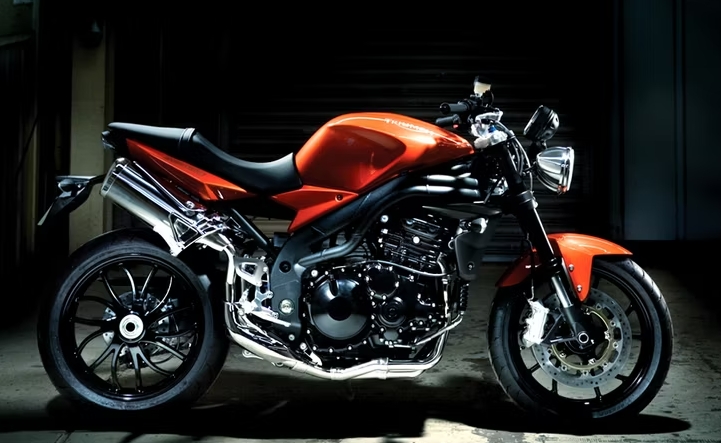
Following the Ducati Monster by a year, the Triumph Speed Triple made its entrance and has displayed comparable longevity in the model lineup. The year 2005 marked the unveiling of the fourth generation, which notably featured an engine surpassing the 1000cc threshold for the first time. Despite its 129 horsepower output, the Speed Triple remained well within the confines of its chassis capabilities, garnering praise from both the media and the public. It earned a reputation as one of the most adeptly maneuverable motorcycles available, a standing that the current iteration of the Speed Triple proudly maintains. Since its inception, the Speed Triple has been subject to ongoing enhancements, a trend that persisted throughout the 2000s. This era witnessed meticulous adjustments to aspects such as suspension, brakes, electronics, and progressively higher power yields.
Triumph Street Triple – 2007
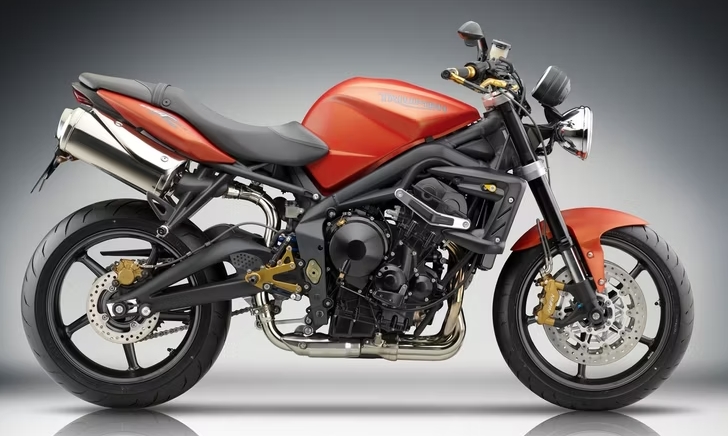
In 2006, Triumph made waves by introducing the Daytona 675, a sport bike with sleek fairings. Just a year later, they made a bold move by shedding the fairing and re-engineering the engine, resulting in the birth of the Street Triple, a compact naked sports bike. This stripped-down version offered a potent 106 horsepower and 50 foot-pounds of torque, delivering its performance prowess at an exhilarating 11,750 revolutions per minute. Despite its 416-pound weight, the Street Triple boasted impressive capabilities, supported by a chassis that some argued was even more adept than the renowned Speed Triple. This meant that the Street Triple held its own in real-world conditions, and its remarkable handling made it a formidable tool on the track, cementing its reputation. Triumph’s commitment to quality saw continuous improvement throughout the 2000s, and in 2008, they introduced the Speed Triple R, complete with fully adjustable suspension. This model remained one of the swiftest modes of transport from point A to B, a testament to its enduring appeal.
Yamaha FZ1 – 2006
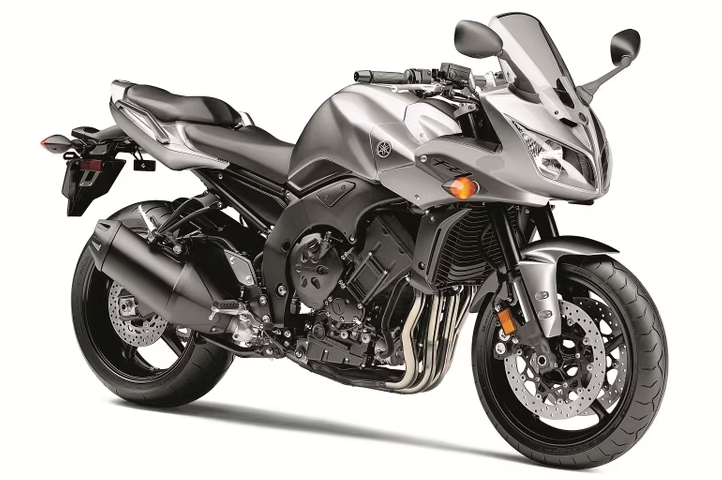
As of 2006, the Yamaha R1 had soared to remarkable heights in terms of reputation. Therefore, it seemed like the next logical stride for Yamaha was to venture into crafting an unfaired iteration of the R1. The engine underwent recalibration, resulting in a power output that was approximately 30 horsepower lower, while maintaining an identical torque value of 78 foot-pounds. This torque was now accessible at a lower engine speed, down by 2,500 revolutions per minute. Yamaha nestled this powerplant within an unenclosed framework, a design that rivaled the quality of offerings from esteemed manufacturers in Italy and England. Some voices did express criticism regarding the engine’s limited torque within the low and mid ranges, which are crucial attributes for a naked sports bike. However, this drawback came with an upside: a more frequent opportunity to relish the spine-tingling howl of the inline four-cylinder engine. Although somewhat overlooked these days, this oversight could potentially translate into advantageous deals for those interested in acquiring pre-owned models.
Moto Guzzi Breva V1100 – 2005
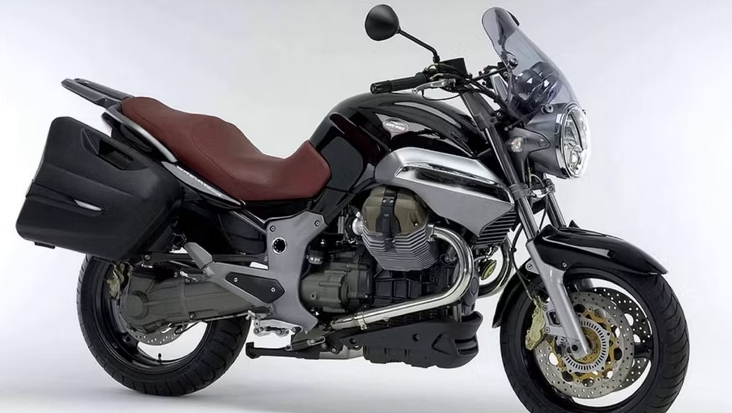
Throughout the 1970s, 80s, and 90s, Moto Guzzi appeared to teeter on the edge of catastrophe. However, a transformative shift occurred in the 2000s when the company was integrated as a subsidiary of Aprilia. This new alliance bore its initial fruit in the form of the Breva, which debuted with a 750cc transverse V-Twin engine before later being equipped with a 1100cc variant. This larger engine generated a robust output of 87 horsepower and 65 foot-pounds of torque. Designed with a clear focus on the sports touring niche, the Breva directly set its sights on the BMW R 1150 R. It represented a departure from Guzzi’s earlier reputation for somewhat rudimentary designs, embodying a thoroughly contemporary motorcycle—comparatively lightweight, agile, and far removed from the slightly rough-hewn models the brand had been associated with. Not only possessing an appealing appearance but also boasting noteworthy speed.
Suzuki SV650S – 2000
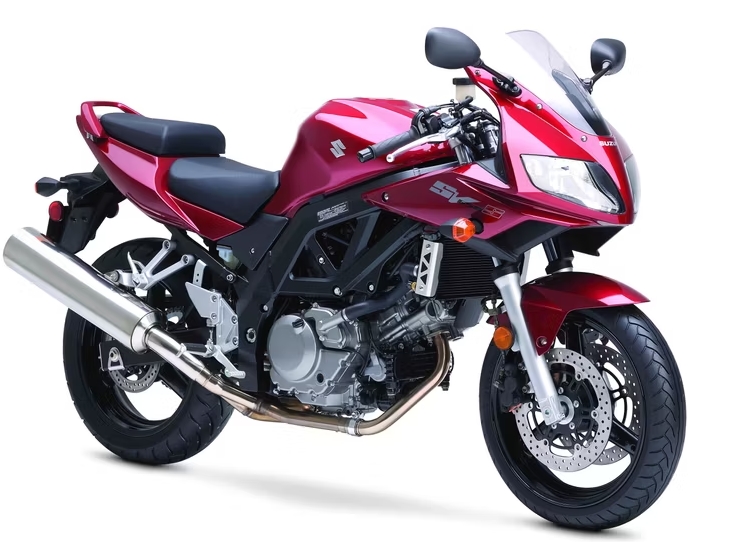
Suzuki’s SV650, though compact, embodied perfection in form. It encapsulated all the essential qualities desired in a naked sports bike: its diminutive size, well-proportioned build, optimal balance, lightweight nature, and agility were complemented by a spirited V-Twin engine, renowned reliability, and an affordable price point. Despite its 385-pound weight, the bike’s 72 horsepower and 47 foot-pounds of torque more than sufficed. However, it was the SV650S variant that truly captured buyers’ attention. This iteration featured lowered handlebars, elevated foot pegs, and a modest bikini fairing. Devoid of unnecessary embellishments, it catered to the pure pleasure of riding, attracting both newcomers and seasoned riders alike. Only now, in 2023, has this iconic model been succeeded by an 800cc parallel twin engine counterpart. Nevertheless, numerous individuals are likely to hold onto their SV650s, a testament to the bike’s enduring appeal.
BMW K 1200 R – 2005
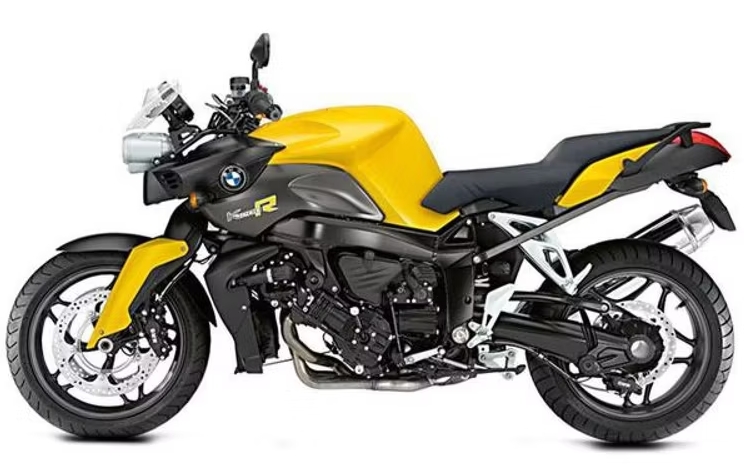
Leave it to BMW to chart their own distinctive course. Upon its launch, BMW boldly asserted that the K 1200 R reigned as the most potent naked sports bike on the market. Its 1157cc inline four-cylinder engine delivered an impressive 163 horsepower and 93.7 foot-pounds of torque, capable of propelling the bike to a top speed of 170mph (provided you could manage to hold on, of course). The bike’s front Telelever suspension, rear Paralever suspension, and shaft drive diverged significantly from the conventional standards (at least for non-BMW models). What set it further apart was the inclusion of electronic suspension adjustment, a distinctive feature. A switch mounted on the handlebars facilitated the on-demand tweaking of damping and preload, a capability unmatched by any other naked bike. With its commendable blend of ride quality, handling prowess, and unmistakable BMW craftsmanship, the K 1200 R has managed to stand the test of time exceptionally well.
Honda CB1000R – 2008
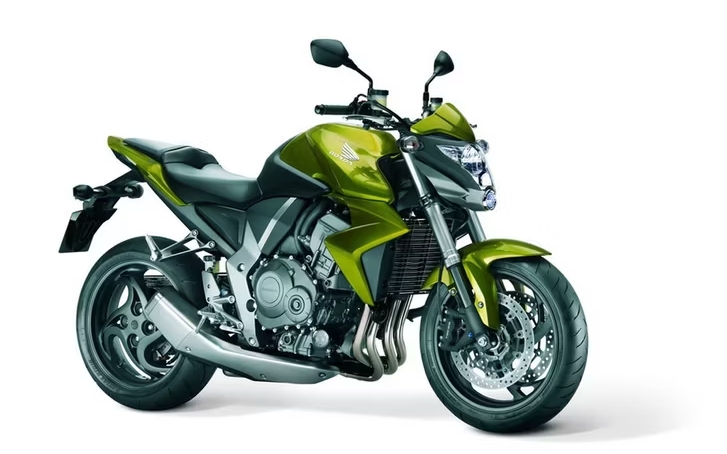
Since the inception of the Honda Fireblade in 1992, the practice of transplanting a 1000cc superbike engine into an exposed framework has become the standard approach, and Honda adhered to this formula with the CB1000R. The bike featured a sleek, uncluttered design, with the inline four-cylinder engine inherited from the 2007 Fireblade nestled beneath. Boasting 130 horsepower and 100 foot-pounds of torque, the CB1000R delivered spirited performance, further enhanced by the Fireblade’s adept suspension and brakes that lent the bike a dynamic edge. Reflecting Honda’s characteristic approach, the CB1000R was remarkably user-friendly, capable of flattering riders regardless of their skill level. While it might not offer the most comfortable pillion experience, the naked sports bike class, to which it belongs, seems particularly suited for solo riders.
KTM Super Duke 990 – 2005
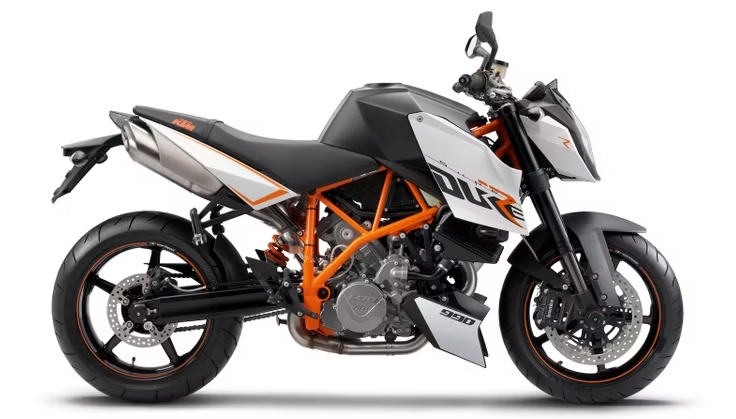
While numerous manufacturers and their customers perceived naked sports bikes as somewhat tamer and more accessible renditions of full-fledged superbikes, KTM took a contrasting approach. The company ingeniously transplanted its novel 999cc V-Twin powerplant into the space previously occupied by the 690cc single-cylinder engine, resulting in the birth of a bona fide beast of a motorcycle. This creation stretched the rider’s skills to the limit, with the front wheel often defying gravity, yet all of this was masterfully managed by the outstanding WP suspension and Brembo brakes. Boasting 120 horsepower and 73 foot-pounds of torque, the engine packed a punch of unparalleled magnitude, compelling rival manufacturers to elevate their game within the naked bike category.
BMW F 800 R – 2009
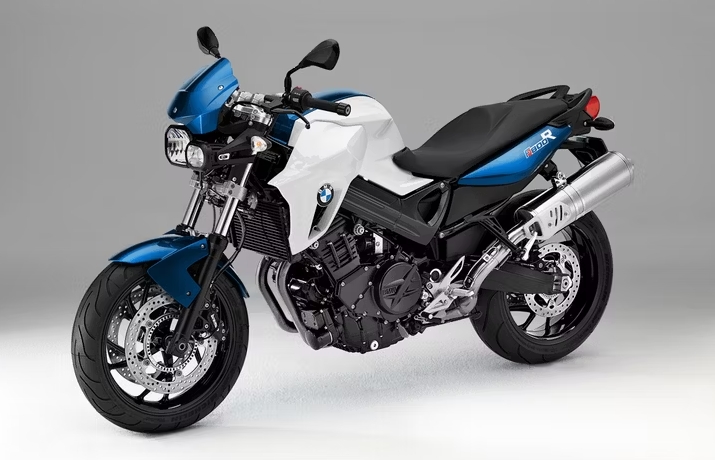
BMW’s decision to unveil a novel engine to the public yielded remarkable triumph. Their inaugural venture into the realm of parallel twin engines culminated in a harmonious blend of low-end torque and approachable horsepower, all encased within a chassis that effortlessly provided the enjoyment and stability usually attributed to significantly larger motorcycles. The experience of riding it was simultaneously exhilarating and free from intimidation, thanks to the taut and precise chassis seamlessly collaborating with the suspension. BMW’s commitment extended to ensuring the F 800 R excelled both in urban environments and on open roads, culminating in a creation meticulously crafted with the brand’s signature quality and attention to detail.
